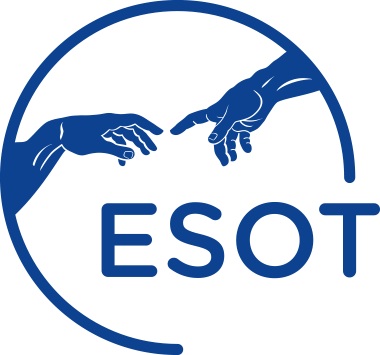- International Journal of Immunopathology & Pharmacology. 2009 Apr; 22(2):353-62.
- Abstract
- Pubmed Link
The mechanisms of action of extracorporeal photochemotherapy (ECP) in cutaneous T-cell lymphoma (CTCL) are poorly understood. Recently, ECP has been shown to induce an increase in regulatory T cell (Treg) expression and functional activities in Graft-versus-host-disease (GvHD), whereas no data are available in CTCL patients. The aim of this study is to evaluate whether ECP is able to modulate the expression levels of the circulating CD4+CD25+bright subset in CTCL patients and whether these modifications are related to the disease course. The patient population included 43 CTCL and 15 chronic GvHD patients treated by ECP at our institutions since 1992. The expression of the circulating CD4+CD25+bright subset was analysed at baseline and sequentially during treatment by flow-cytometry. Fifty healthy donors were used as controls. The baseline circulating CD4+CD25+bright percentage values in CTCL (median: 4.3 percent) were similar to those of healthy donors, whereas GvHD showed significantly lower values (median: 1.5 percent; p<0.001). During treatment, CTCL patients were characterised by an early decrease (from 4.3 percent to 2.4 percent median after 6 months). The CD4+CD25+bright decrease was associated to the disease course, as it occurred in 91.3 percent of responding but in only 25 percent of PD patients (p=0.0001). On the other hand, a significant increase of CD4+CD25+bright cells was observed in GvHD. ECP induces a reciprocal modulation of the circulating CD4+CD25+bright cells in CTCL and GvHD, with a downregulation in CTCL potentially associated with the response mechanisms.
BACKGROUND:
There is no standard definition for “HLA incompatible” transplants. For the first time, we systematically assessed how HLA incompatibility was defined in contemporary peer-reviewed publications and its prognostic implication to transplant outcomes.
METHODS:
We combined 2 independent searches of MEDLINE, EMBASE, and the Cochrane Library from 2015 to 2019. Content-expert reviewers screened for original research on outcomes of HLA-incompatible transplants (defined as allele or molecular mismatch and solid-phase or cell-based assays). We ascertained the completeness of reporting on a predefined set of variables assessing HLA incompatibility, therapies, and outcomes. Given significant heterogeneity, we conducted narrative synthesis and assessed risk of bias in studies examining the association between death-censored graft failure and HLA incompatibility.
RESULTS:
Of 6656 screened articles, 163 evaluated transplant outcomes by HLA incompatibility. Most articles reported on cytotoxic/flow T-cell crossmatches (n = 98). Molecular genotypes were reported for selected loci at the allele-group level. Sixteen articles reported on epitope compatibility. Pretransplant donor-specific HLA antibodies were often considered (n = 143); yet there was heterogeneity in sample handling, assay procedure, and incomplete reporting on donor-specific HLA antibodies assignment. Induction (n = 129) and maintenance immunosuppression (n = 140) were frequently mentioned but less so rejection treatment (n = 72) and desensitization (n = 70). Studies assessing death-censored graft failure risk by HLA incompatibility were vulnerable to bias in the participant, predictor, and analysis domains.
CONCLUSIONS:
Optimization of transplant outcomes and personalized care depends on accurate HLA compatibility assessment. Reporting on a standard set of variables will help assess generalizability of research, allow knowledge synthesis, and facilitate international collaboration in clinical trials.


